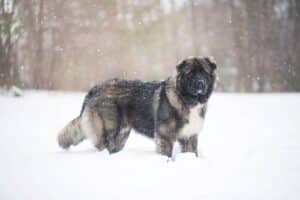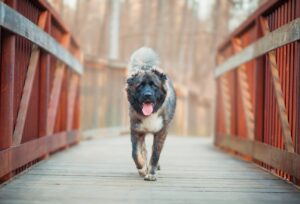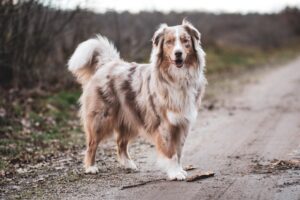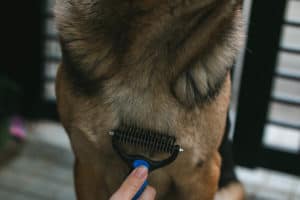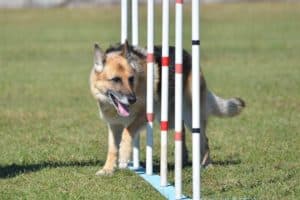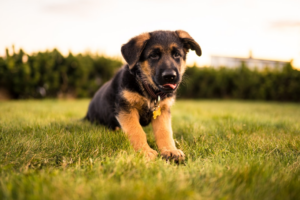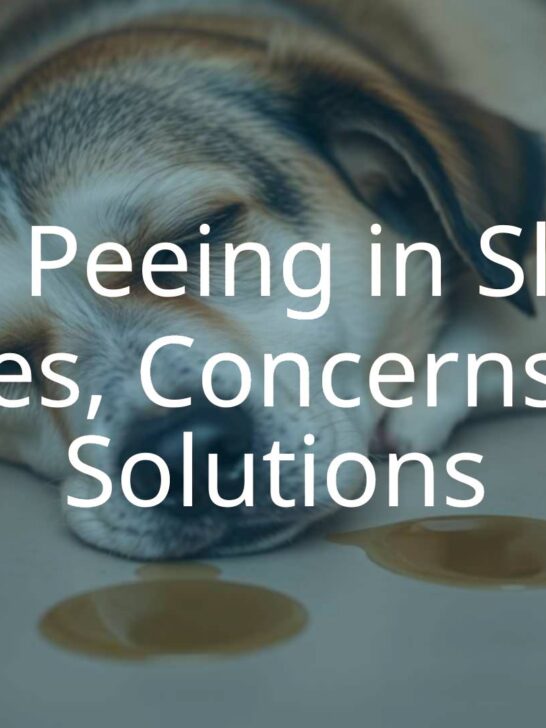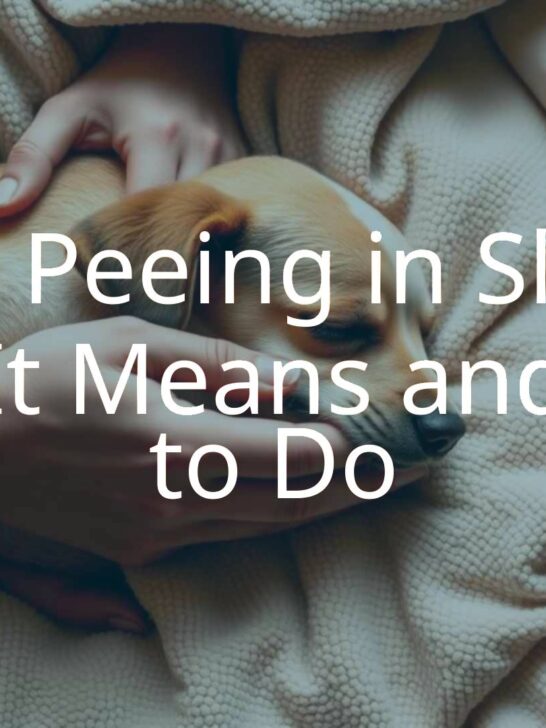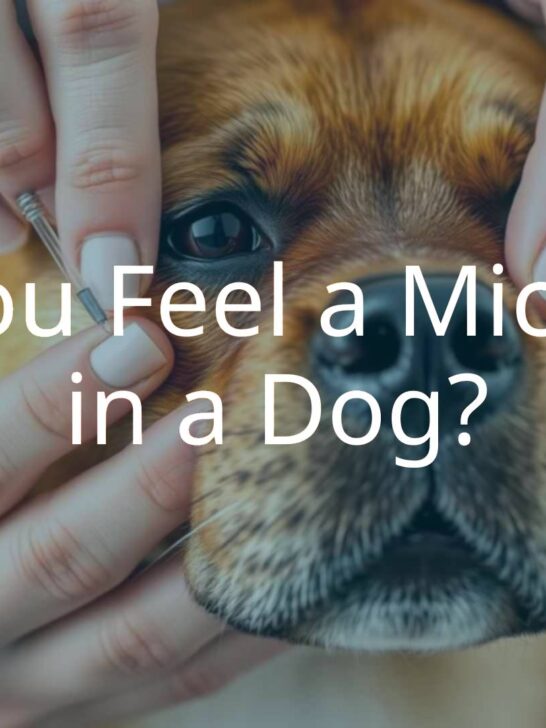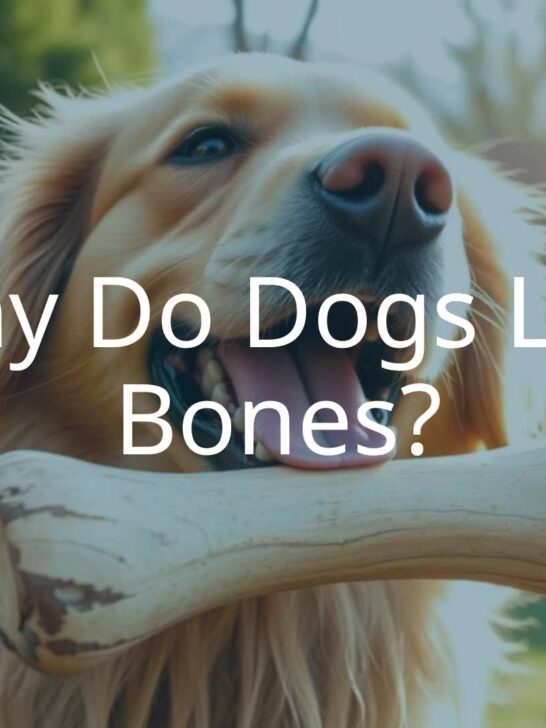Why Is Your Pet Dragging Its Butt?
If you’ve seen your pet scoot across the floor with their back end dragging and a worried look on their face, you’ve witnessed what’s commonly called “dragging butt.” Though it can seem funny at first, this action almost always means your pet is uncomfortable or itchy near their backside. This is not just a funny habit-it’s your pet’s way of trying to ease an itch, discomfort, or take care of a problem they can’t fix by themselves. By understanding why scooting happens, you can help your pet feel better and keep them healthy.
While scooting may look amusing, it’s really a sign that something is wrong, and every pet owner should watch for it. It’s very common-especially in dogs-but that doesn’t mean it should be ignored or considered a normal part of life. In this article, we’ll look at the most common reasons pets drag their bottoms, how to get them relief at home, when you should contact the vet, and how to help prevent it from happening again.

What Does Dragging Butt Mean in Pets?
Is Scooting Normal Behavior?
Scooting-sliding their bottom on the floor-is a behavior you may notice from your pet, especially dogs. But it doesn’t mean your pet is fine. Imagine if a person started rubbing their backside on the carpet-you’d probably think something was wrong. The same thing goes for pets-if they’re scooting, their rear end probably itches, hurts, or feels strange.
If your pet only does this once in a while, they could just be itchy for a moment or trying to get rid of some debris. But if scooting happens often, lasts more than a day, or comes with other odd symptoms, it’s a sign something is wrong and needs your attention.
Which Animals Commonly Scoot?
Dogs are the most likely pets to scoot, and all breeds can do it. However, smaller breeds-like Chihuahuas, Miniature Poodles, Shih Tzus, and Lhasa Apsos-seem to have it more often, usually because of issues with their anal glands. Larger breeds can be affected too, so it’s not just small dogs.
Cats can also scoot, though not as much as dogs. If your cat is scooting, the reasons are usually the same: something around their rear is bothering them. If you notice your cat doing this more than once, make sure to check for signs of discomfort or irritation.
Reasons Why Dogs and Cats Drag Their Butt
| Cause | Common in | What to Look For |
|---|---|---|
| Anal gland issues | Dogs, Cats | Fishy odor, swelling, lick/chew at rear |
| Parasites (worms) | Dogs, Cats | Rice-like pieces in poop or around anus |
| Allergies | Dogs, Cats | Extra itching, skin changes, frequent scooting after eating |
| Grooming irritation | Dogs, Cats | Red skin, scooting after being groomed |
| Foreign objects or debris | Dogs, Cats | Matted fur, fecal matter stuck |
| Growths/masses | Dogs, Cats | Lumps, blood, difficulty pooping |
| Dirty bottom | Dogs, Cats | Scooting after diarrhea, unclean fur |
| Behavior issues | Dogs, Cats | Rare; other odd behavior seen too |
Anal Gland Issues
The most common reason dogs (and sometimes cats) scoot is problems with their anal glands. Dogs and cats have two scent glands on each side of their anus. Normally, these glands empty when your pet goes to the bathroom. If the glands get blocked, they may get swollen, infected, or even develop abscesses. This is very uncomfortable, so your pet drags their butt to get some relief. You may also notice a strong, bad (fishy) smell if these glands are the problem.
Parasites and Worms
Worms, especially tapeworms, can make pets’ bottoms itch. Pets pick up tapeworms by swallowing fleas or having contact with infected animals. You might see little white “grains of rice” in their poop or near their tail. Even if you don’t see worms, they still could be there. See your vet for a checkup and deworming medicine if you think this could be the problem.
Allergies and Skin Problems
Pets can have allergies, just like people. Stomach (food) allergies or things like pollen, dust, or even certain soaps can cause itchy skin-including the rear. This itchiness leads to scooting. Allergies can also change the firmness of your pet’s stool, which can make anal gland problems worse. Watch for itchiness after meals or after being outside.
After Grooming
Sometimes pets scoot right after grooming. Clippers can irritate the skin, or shampoos and sprays may make them itch. Check for red skin or irritation after a grooming session. If this is a pattern, talk to your groomer about using gentler products.
Stuck Debris or Fur
Pets don’t use toilet paper, so poop, fur, leaves, or even grass can get stuck at the back end and make them uncomfortable. This is common in long-haired breeds or pets with diarrhea. If your pet seems better after you clean them up, this was probably the cause.
Important: If you see string or thread hanging from your cat’s anus, never pull it. This is a serious emergency-take your cat to the vet right away.
Growths or Prolapse
Less often, scooting means there’s a lump, growth, or even a part of the rectum coming out (rectal prolapse). Tumors may be harmless or cancerous; either way, they need checking. Some dogs, like Cocker Spaniels, get these more often. For rectal prolapse-when pink tissue pokes out of the anus-go to the vet immediately, especially for kittens.
Hygiene Issues
After loose stools or diarrhea, small pieces of poop can stick to fur, especially in long-haired pets. This feels itchy or sticky, so they scoot to try to clean themselves. Trimming fur and washing up after bathroom trips can solve this problem.
Behavior or Nerve Causes
Sometimes, but rarely, scooting could mean a nerve problem or even a psychological issue. If your pet shows other unusual symptoms, talk to your vet to rule out something more serious.
When Should You Worry About Scooting?
When to Call the Vet
- Scooting multiple times a day or lasting more than a day or two
- Red, swollen, or leaky area
- Strong, fishy smell
- Licking, biting, or chewing the rear end often
- White, rice-sized pieces (tapeworms) in poop or around anus
- Whimpering, crying when pooping, or resisting to sit
- Lumps or bumps around the anus
- More drinking or peeing, mainly in female dogs
- Anything hanging out of anus (do not pull-especially if it’s string!)
- Rectal tissue sticking out (rectal prolapse)
- Cats crying or straining in the litter box (may signal an emergency)
Risks of Ignoring Scooting
- Serious anal gland infections and abscesses-may need medications or surgery
- Chronic skin infections/hot spots-from constant scooting and licking
- Worm infestations get worse-can cause weight loss or other health problems
- Infection can spread-may move beyond the rear end
- Missing early signs of serious problems-like cancer or perianal fistulas; catching these early improves treatment chances
How Can You Help at Home?
Cleaning and Comfort
- Wear gloves and look at the area for stuck fur, poop, or debris. Carefully trim long hair if needed.
- Use warm water and a soft towel or unscented, pet-safe wipe to clean.
- Don’t use human soaps or strong chemicals.
- A warm compress for 10-15 minutes can soothe mild irritation.
- For itchy skin, add finely ground, plain oatmeal to a bath or carefully use pure, pet-safe aloe vera gel (no alcohol or added ingredients).
- If suggested by your vet, a little pet-safe zinc oxide cream may help (do not let your pet lick it-use a cone if needed).
Diet Changes
Keeping your pet’s poop firm helps their anal glands work better. If your pet has lots of soft poop or diarrhea, ask your vet about adding fiber-like plain canned pumpkin or special pet fiber powders. Sometimes switching to a different food, especially one that is hypoallergenic or high in fiber, helps reduce scooting linked to food allergies or stool problems.
When Home Care Is Okay
If you know why your pet is scooting-like after a messy poop or grooming-and it only happens now and then, gentle cleaning and watching for a day or two may be fine. If your pet improves with simple care, keep their hygiene up.
If scooting continues, gets worse, or is paired with symptoms from the list above, stop home care and call your vet. Do not try to squeeze your pet’s anal glands at home unless your vet has taught you-this could make things much worse.
How Vets Treat Persistent Scooting
| Problem | Treatment at the Vet |
|---|---|
| Full or infected anal glands | Manual gland emptying, antibiotics, anti-inflammatory medicines, sometimes surgery |
| Worms/parasites | Fecal exam, deworming medicine |
| Allergies or skin problems | Food trials, allergy medicine, medicated baths, flea treatments, antibiotics (if infected) |
| Growths or prolapse | Biopsy, surgery, further treatment for tumors or prolapse repair |
Anal Gland Emptying and Infections
The vet (or sometimes a groomer) can gently press and empty blocked anal glands. Pets usually feel better right away. If the area is infected or has an abscess, extra care with antibiotics and special cleaning may be needed. Some pets with repeat problems might need surgery to remove the glands.
Deworming and Testing
If worms are found (or suspected), your vet will test your pet’s poop to see which type is present and give the right medicine. Follow your vet’s advice, and keep up with regular deworming to prevent this from happening again.
Managing Bad Allergies or Skin Problems
If allergies are causing scooting, the vet may suggest a new diet, medicine for allergies, medicated baths, or continuous flea control programs. If your pet has an infection, antibiotics or antifungal drugs may be needed. Female dogs with extra irritation may need testing for other infections, like a bladder infection.
Growths and Prolapse
If the vet finds a lump, a sample will be taken to check if it’s harmful or not. Surgery is often needed for removal, and additional treatments may be recommended if it’s cancer. Rectal prolapse is an emergency and needs surgery right away to avoid further harm.
How to Prevent Butt Dragging
Cleanliness and Grooming
- Check your pet’s bottom often for stuck fur, poop, or irritation-especially if they have long hair
- Keep back-end fur short for easy cleaning
- Use gentle shampoos; skip scented or harsh products if possible
- Help your pet maintain a healthy weight-overweight pets have more trouble cleaning themselves
Veterinary Checkups
- Take your pet for checkups once a year
- The vet can check anal glands, trim them if needed, and spot problems early-often before your pet starts scooting
Stopping Parasites
- Keep fleas and worms away with monthly oral or topical treatments (ask your vet which are best for your pet)
- Remember, even indoor pets can get parasites
Food Tips
- Feed a healthy, balanced diet with enough fiber
- If your pet often has soft stools, ask your vet about adding plain canned pumpkin or fiber products
- Consider foods for sensitive digestion if problems keep happening
Frequently Asked Questions About Scooting
| Question | Short Answer |
|---|---|
| Will scooting stop after anal glands are emptied? | Usually yes, if that was the cause. If not, or if it comes back quickly, see the vet again. |
| Can I use human creams to help my pet? | Don’t use them unless your vet tells you to. Many can be toxic if licked or may make it worse. |
| How soon should my pet see the vet? | If your pet still scoots after home care, or has redness, pain, blood, strong odor, or anything hanging out, call your vet quickly. For mild, rare scooting, watch for a day or two before deciding. |


